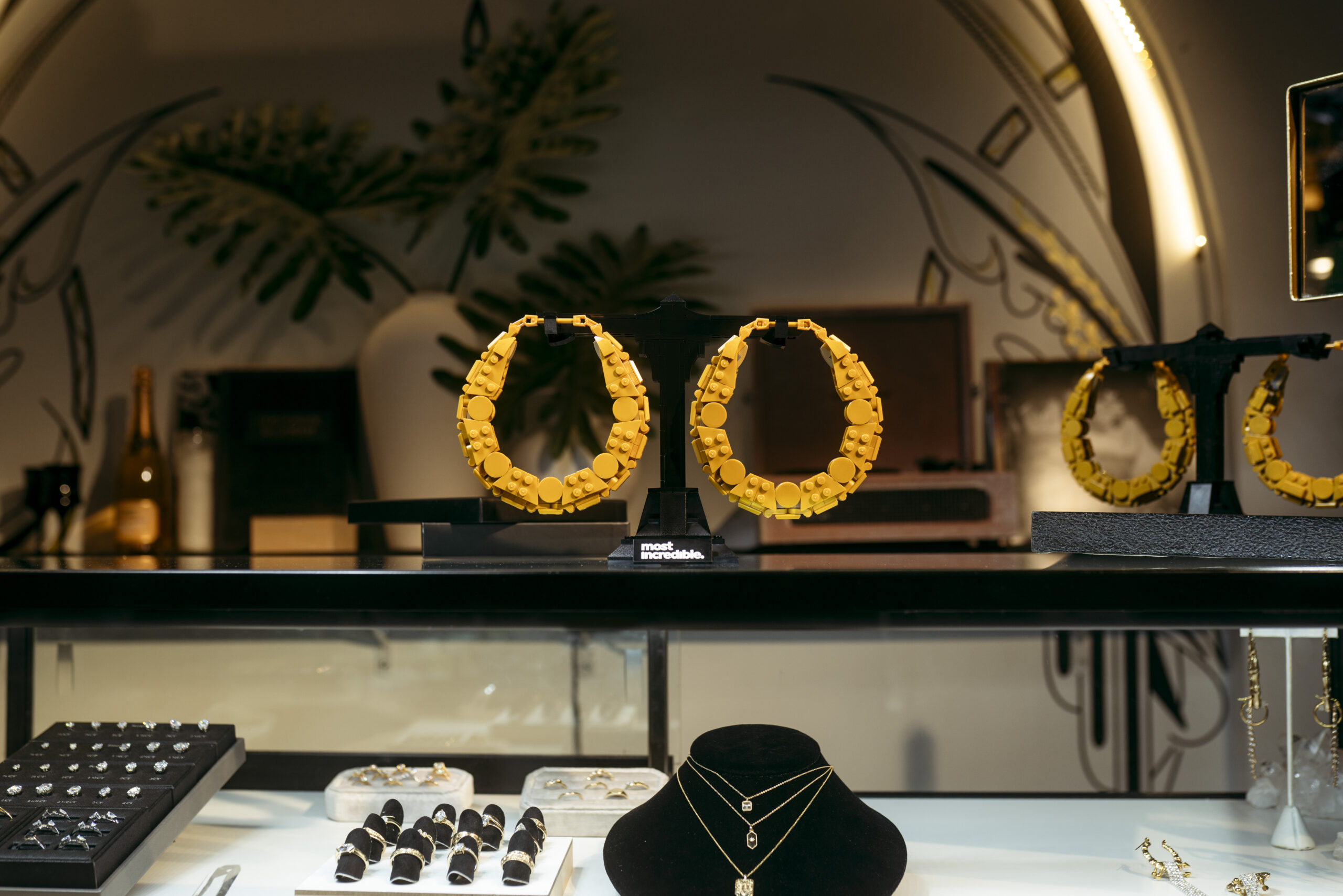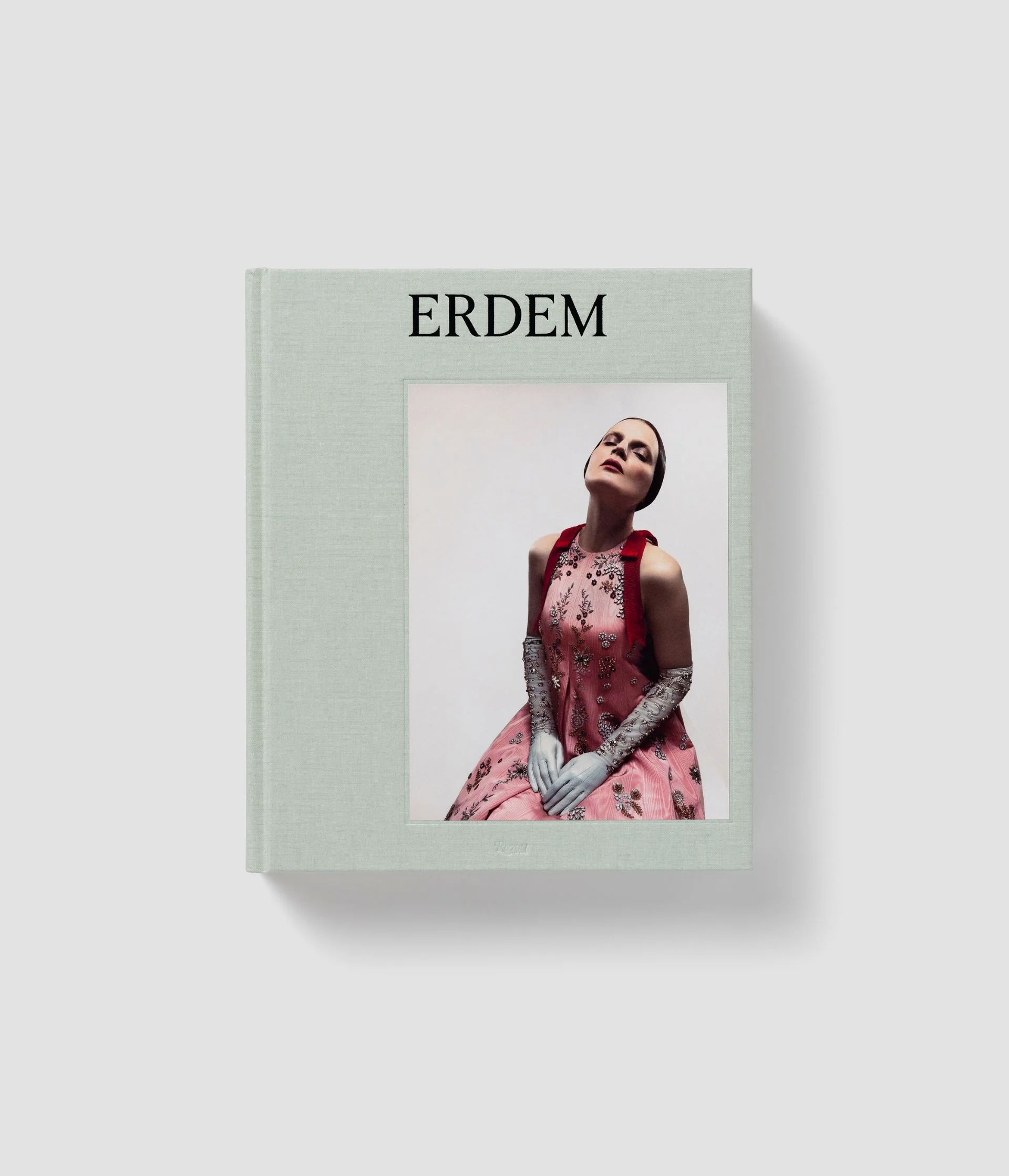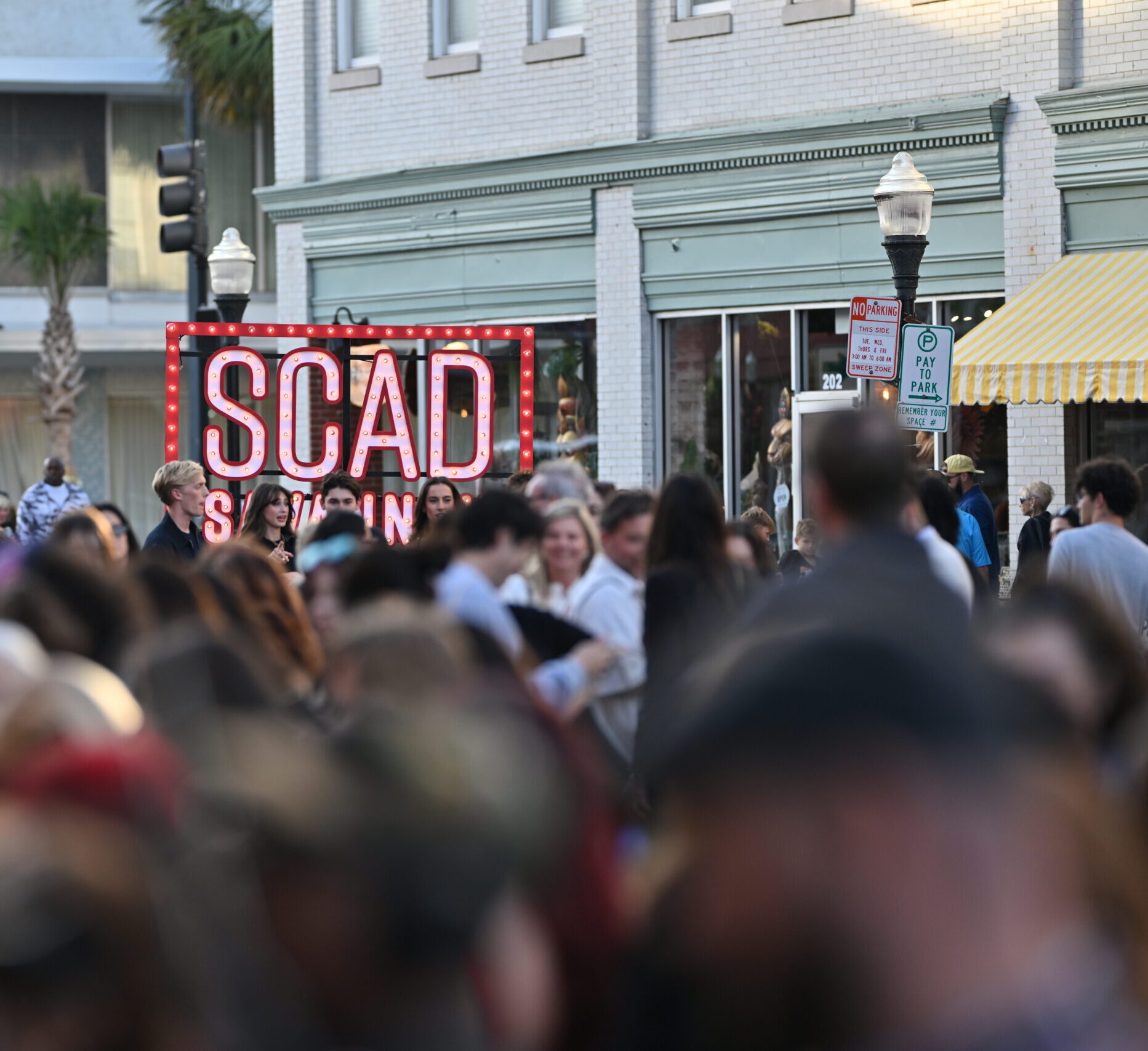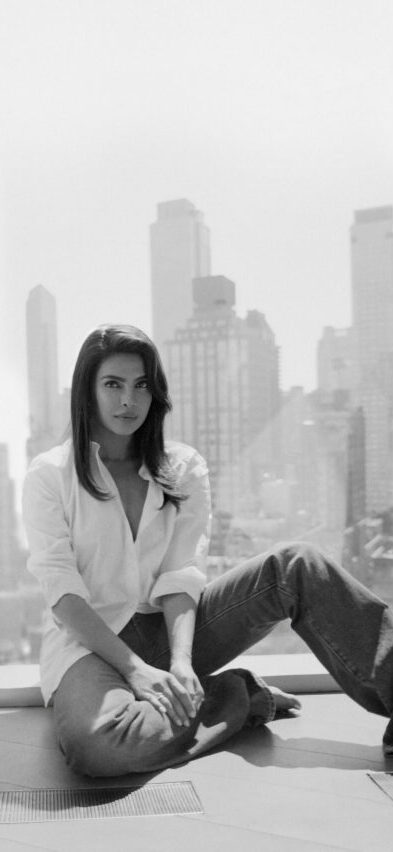
Creative Inquiry:
7 Questions With Photographer Dee Dwyer
With empathy as her lens, Dee Dwyer turns everyday life into living testimony — photography as participation, preservation, and power.
Known for her emotionally charged, documentary-style imagery, photographer Dee Dwyer captures the soul of a moment without ever standing outside it. Her work — raw, fearless, and deeply rooted in cultural truth — moves beyond observation to immersion. Whether photographing dirt bike life or Howard University’s Homecoming, Dwyer brings a realness that dismantles distance.
In this Creative Inquiry, the Washington, D.C. storyteller reflects on intuition, community, and what it means to document culture from within — not as a spectator, but as a participant in its ongoing beat.
EE72
You often photograph everyday life in a way that feels both intimate and monumental. How do you know when a moment is worth freezing; what makes you lift the camera?
DD
It’s spiritual for me! When I feel that tug in my gut, I create the photo. Growing up in Southeast D.C., I learned early that the smallest gestures carry the biggest stories. I often joke with my friends on how I should have a PhD in body language and reading energy. I was raised in the hood where reading the room can become life or death. Finding a niche for photography you must use similar skills, paying attention to your surroundings, knowing when to move and when to be still. This made the process natural for me. Before I snap a photo I’ll ask myself these questions, “What’s the message I’d like to convey,” “What impact am I aiming to make,” “Will this be a respectful photo?”. The style of the image comes after that.
EE72
Your work sits at the intersection of art and advocacy. How do you balance documenting truth with creating beauty?
DD
For me, truth is beauty, even when it’s heavy. Life comes with its set of rhythm and blues. It shouldn’t be manipulated just because a camera has entered the room. I honor all sides of the coin and let the truth lead. J.Cole has a line where he says “It’s beauty in the struggle,” that’s literally how I view life and approach the visual stories I create. Advocacy, for me, comes naturally as I’m a protector and healer. Photography is an extension of that. I always want people to feel safe with me as the camera can be intimidating.
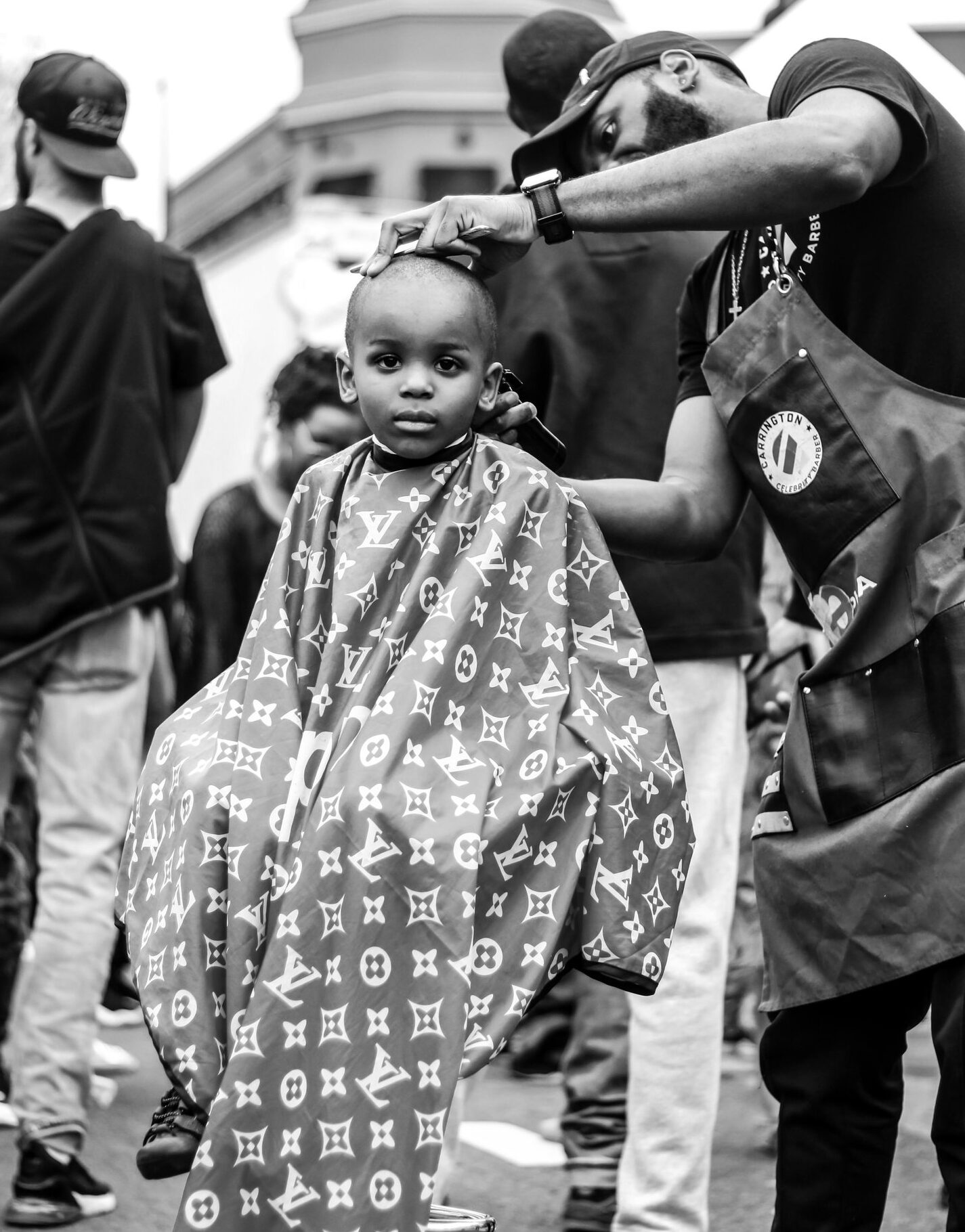
Photography: DEE DWYER
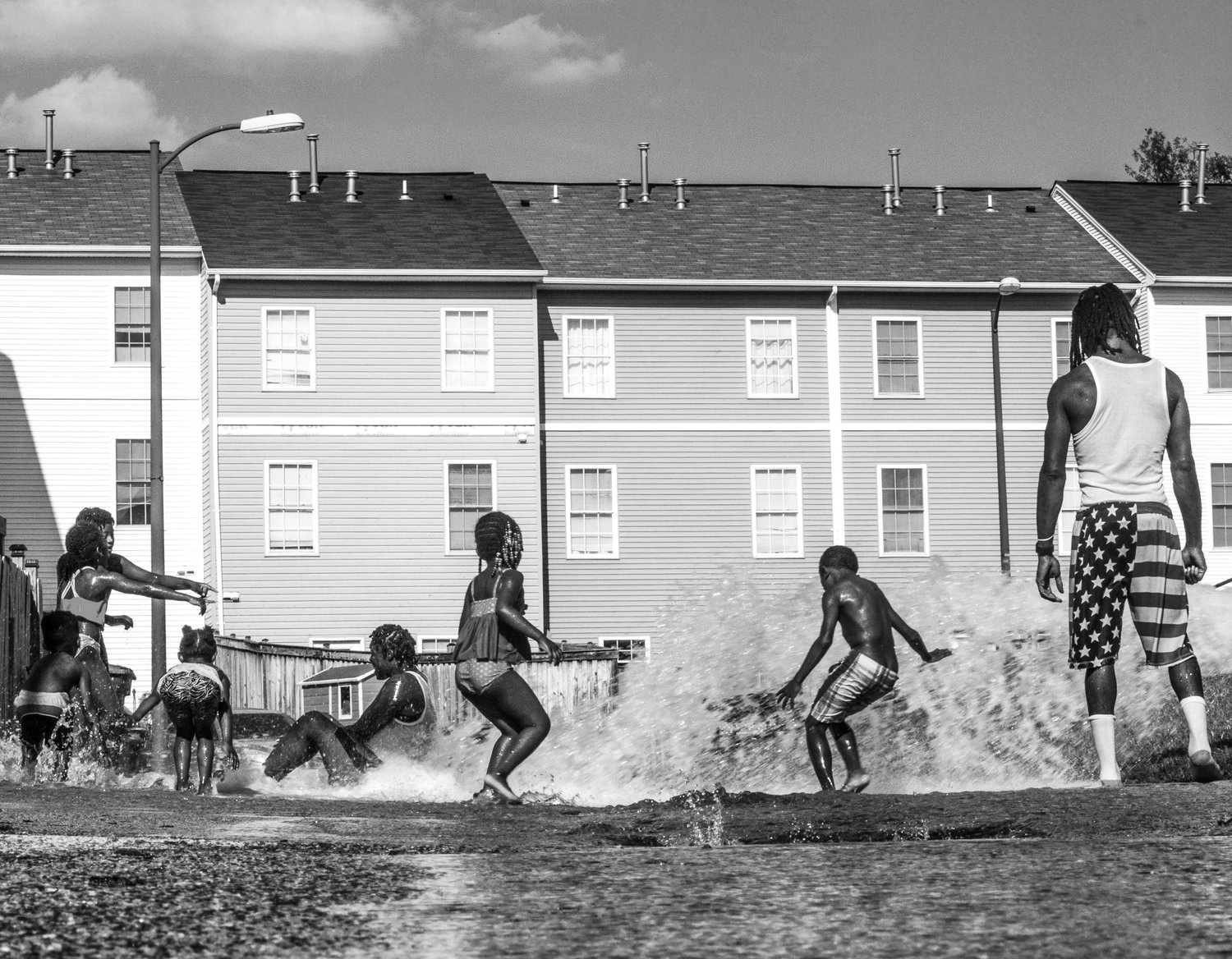
Photography: DEE DWYER
EE72
So much of your photography is rooted in community and representation. What does it mean to you to photograph your own culture and how has that responsibility evolved over time?
DD
I feel honored that my people rely on me to share our stories with the world because I do not play about them at all! They call me “The Visual Voice for the People” and I walk proudly with that title as I’m appreciative to be a safe space for my community. Photographing my culture is home, it reminds me of Grandma’s cooking, rooted in love and comfort. I use photography as a healing tool, for me it’s ancestral work. As I’ve grown, I’ve realized the responsibility isn’t just to photograph us, but to protect us. Documenting the community with dignity, not extraction, keeps us safe I feel. To tell stories that counter the narratives built to flatten us is power. Over time, it’s become my duty.
EE72
Every image carries energy, light, sound, emotion. What atmosphere or feeling do you hope people experience when they encounter your work?
DD
I want people to feel the vibrations of authenticity. That warmness that you get from the sun on a beautiful summer day, that’s how I want people to feel. I want them to hear the drums in the background, smell the cookout smoke, feel the wind and hear the sounds from a dirt bike flying past, yell out “Yasssssss” when you see the girls twerking and sense the softness in our quiet moments whenever they view my work. My imagery should feel like stepping onto a familiar porch where history is still being made.
EE72
You recently shot our Howard University Homecoming photo essay, capturing a world that’s often seen but rarely documented with such intimacy. From your perspective, what does true access look like in photography today, and how can the industry better create space for voices behind and in front of the lens?
DD
True access is when people don’t shrink around you. When they don’t feel studied, they feel seen and loved. When I’m creating photos with people it’s collaborative. Howard’s Homecoming reminds me of going into a time capsule to revisit the ’90s. I love all things Black and full of joy therefore it was an easy task for me to be connected enough to photograph its soul, not just the surface. The industry should trust and hire Black storytellers who come from communities like mine more. My slogan is “You can’t put me in a box.” I can photograph it all! I believe in my talents. As a Black photographer we need more resources, opportunities to collaborate with clients/big brands, platforms to exhibit our work. We need good budgets too. There’s no industry that hasn’t been influenced by Black culture. Let’s do the right thing and not make us the minority within these industries especially when we all know the talent and professionalism is there. Let’s put humanity first.
True access is when people don’t shrink around you. When they don’t feel studied, they feel seen and loved.
EE72
You’re known for your portraits of people in motion, in real life, not staged. How do you create trust and authenticity in those fleeting moments?
DD
I show up as myself, a daughter of Southeast D.C. which is one of the realest and rawest places you can experience. I’m a woman who loves her people. Folks can feel when your heart is clean. I talk with them, laugh with them, vibe with them before, during and after I create their photos. I grew up in a family where we welcomed those with good energy to our gatherings. My family is loving and very generous therefore I carry that with me, it’s not on me it’s in me. Lol, I was just raised right. Sometimes I put the camera down just to honor the moment. When I do lift it, they know I’m not taking from them, I’m preserving our existence. That trust shows up in the frame, in the eyes, the stance, the energy. Everything is real because the connection is real.
EE72
When you think about your legacy, what story do you want your body of work to tell about this era and the communities you document?
DD
My legacy will be that I am a powerful force who represented well for my people. I want future generations to look at my images and feel the pulse of this time, the joy, the struggle, the creativity, the resistance, the everyday poetry of Black life. They must pick up where I left off and take it to new heights every lifetime. My legacy is a love letter to the people who raised me, inspired me, and trusted me with their stories. I want my images to stand as living testimony that our stories mattered, our souls glowed, and our presence was undeniable. In short “We are Unfuckwitable.”
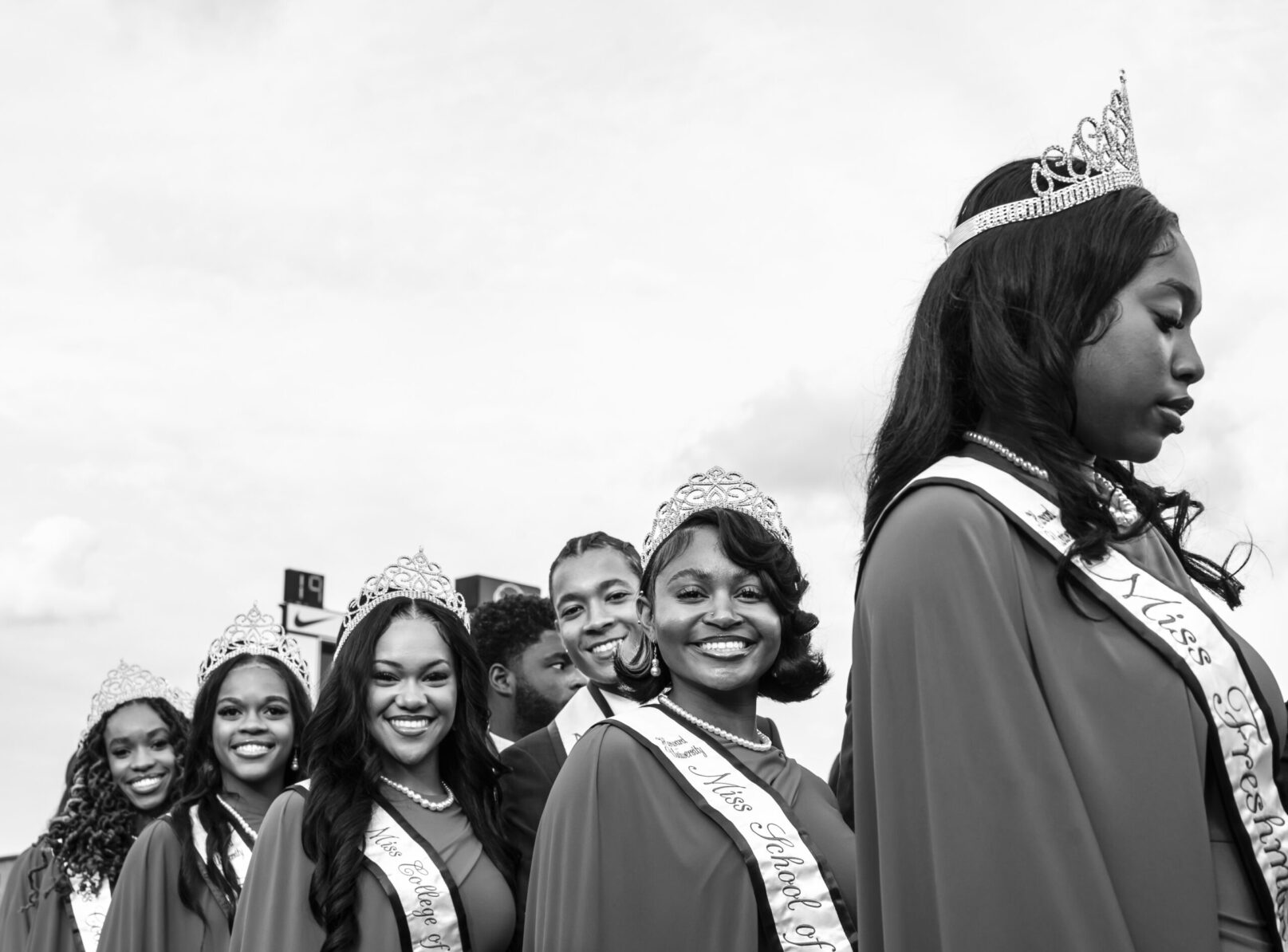
Howard University Homecoming football game 2025. Photography: DEE DWYER
This interview has been edited and condensed.
Sign up for our newsletter for more conversations with the people shaping culture.
More Creative Inquiry columns:
– Creative Inquiry: Jawara Hair Artist
– Creative Inquiry: Photographer Ashley Pena
